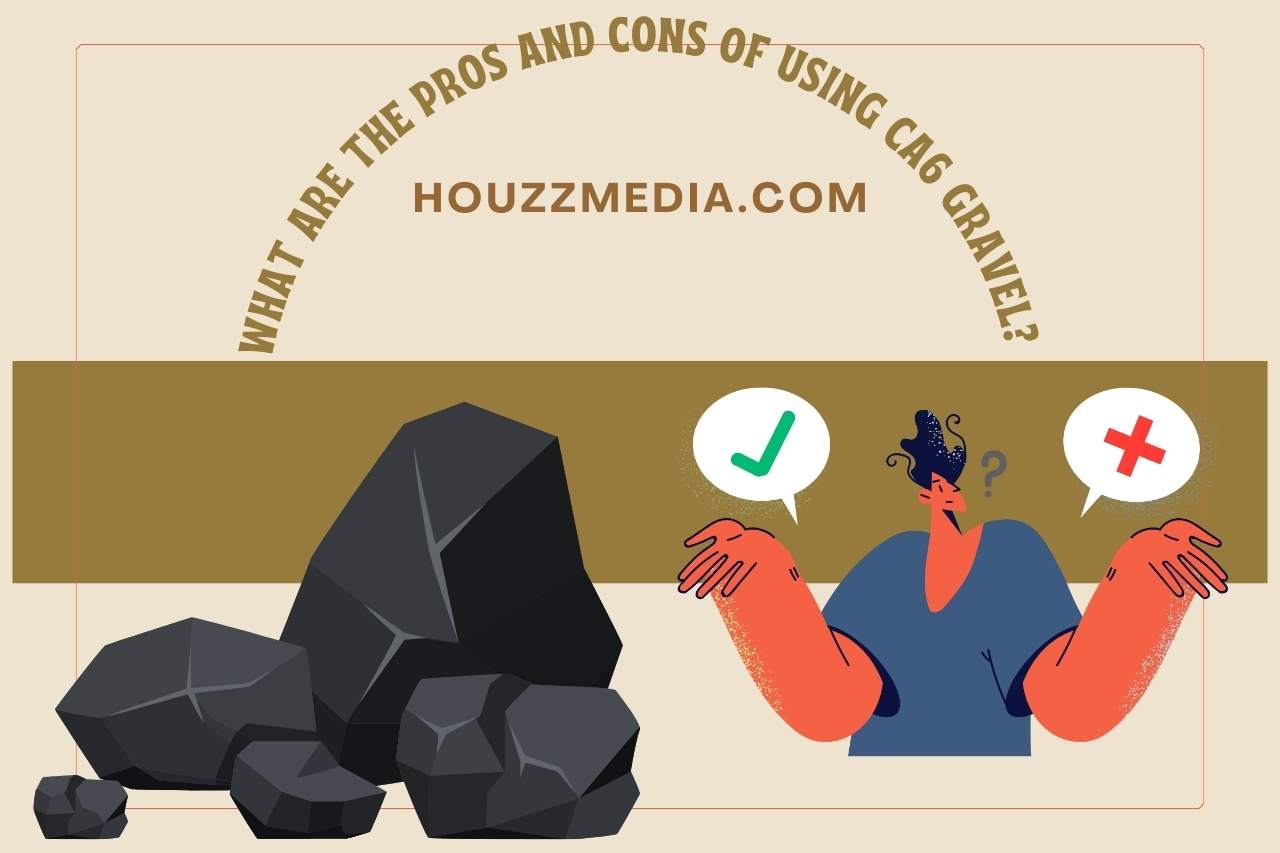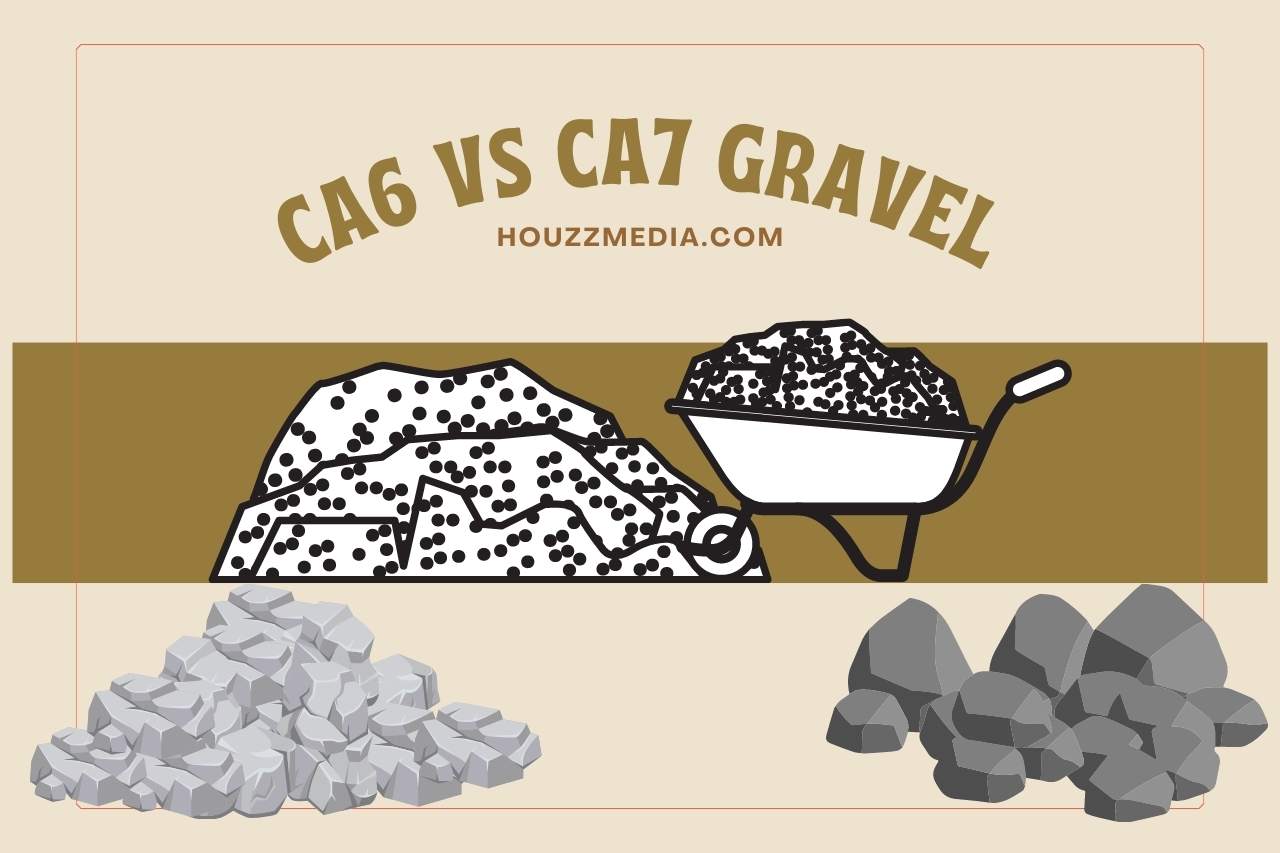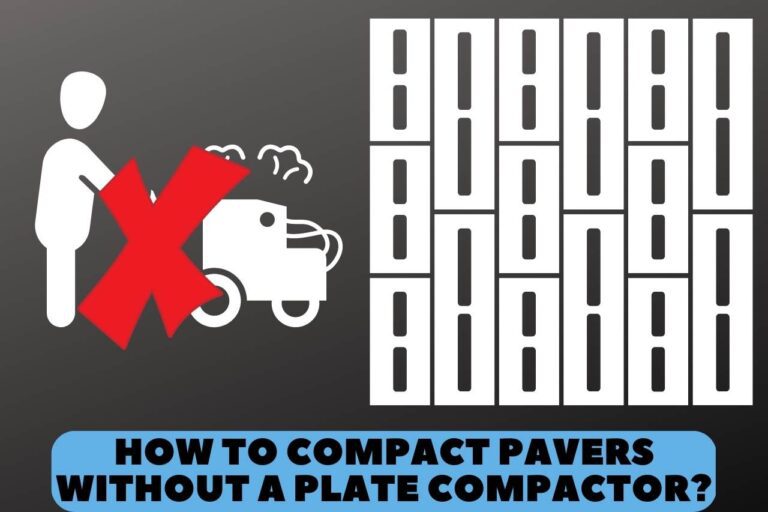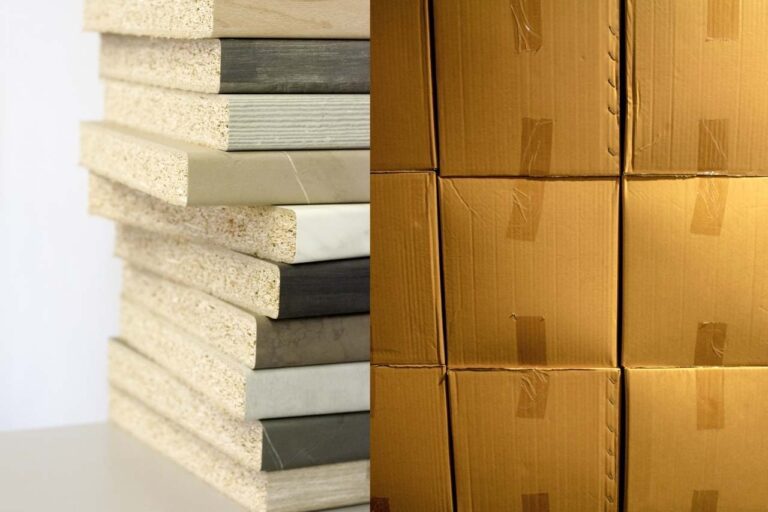CA6 Vs CA7 Gravel – Choosing the Ideal Aggregate Material!
Construction components come in many different types of forms, making deciding whether regarding which one is for a new project difficult. Today, we’ll openly show you one of the essential kinds of gravel—the multipurpose ca6 gravel. So what’s the difference between Ca6 Vs. Ca7 gravel? Let’s begin by discussing the various purposes that come with this gravel.
What is CA6 Gravel?
Due to its many possible uses, Ca6 is an extensively used crushed stone in the building industry. It is typically a foundation stone for construction projects like highways, parking lots, etc.
The most prevalent form of ca6 is recycled, created from crushed concrete. IDOT has certified it as a genuine recycled product. Thus, there is no question whether you can use it as the foundation for concrete structures. If you choose recycled ca6 gravel, it will also be reasonably priced.
Since it is a stone that has been crushed, it has an erratic shape when it comes to looks. The substance’s color is gray, and the particles are unmistakably rough. The average measurement ranges from 1/2 to 3/4 inches in length. Ca6’s fine particles contribute to the smoothness of concrete surfaces.
The most important benefit of ca6 gravel is that it compacts nicely on the surface, adding significant strength. Additionally, you can combine it with various gravel types to get the composition you want.
It can be blended with several types of gravel, including grade 8, grade 9, thick grade, traffic bond, etc. Furthermore, reusing crushed concrete benefits the environment by applying recycled ca6 gravels.
Which Projects are Suitable for CA6 Gravel?
Considering it may be combined with other gravels, ca6 gravels can be used for various purposes. The ca6 would be ideal for building roads because it is a base stone.
CA6 gravels can be employed on all types of roads, driveways, bike paths, walkways, and other surfaces. Since it is frequently used for roads, ca6 gravel is also called road gravel. You can easily compact the layers atop layers, and it will create a smooth but sturdy base for your road.
This demonstrates that it is made of repurposed stone and has pieces ranging in size from 3/4 to fine. As a result, you may obtain a smooth concrete surface, which is crucial for building roads.
However, use the right amounts to produce compact, smooth surfaces. Also, ca6 is suitable for parking areas and other sizable spaces, such as building pads. Ca6 can also be used for trench backfills in addition to previously mentioned applications.
Additionally, it can be applied to your house’s outside. For instance, ca6 gravel would be a fantastic choice because the patio base requires a compact surface.
But remember that ca6 is unsuitable for bedding and other drainage projects since the gravel’s tiny particles prevent water from draining effectively.
What is CA7 Gravel?
Ca7 works effectively as a bedding stone for concrete flatwork and underground pipes. It is frequently utilized in drainage applications as well as ready-mix concrete.
Water can get under your concrete slab and cause it to disintegrate if there isn’t a layer of bedding stone between it and the earth. As a result, you would have to repair it more quickly than if the bedding stone had been placed beneath it initially.
By guaranteeing those pavers (the concrete, brick, porcelain, or natural stone stones you frequently encounter in landscapes, sidewalks, or patios) and concrete slabs lay properly, bedding stone additionally assists in helping you create a more level surface and minimize cracking in concrete due to the changing earth. The explanation as to why it’s called bedding stone is that it insulates your slabs and pavers from the earth beneath them.
Which Projects are Suitable for CA7 Gravel?
With its granular nature and a superior capacity to compact, Ca7 is the best gravel for bedding. In bedding, the material employed to encase the pipe should shield it from the weight.
Therefore, ca7 can offer an advantage over ca6. Ca7 can also be applied to drainage systems. The requirement for extremely gritty gravel, as ca7, in the building.
Additionally, gravel with small particles should not be used in drainage systems because it can clog the pipes.
Therefore, the most appropriate choice, in this case, is ca7. Ca7 is also superior for asphalt binding since it allows water to drain correctly. Additionally, it happens to be used for backfilling purposes.
How does the Cost of CA6 Gravel Compare to CA7?
The price is determined by the cubic yard, generally from $32 to $33.50. Ca6 gravels cost less than other types of natural gravel.
The price may change depending on the level of availability of the gravel where you reside. Additionally, depending on the state of the ground, you could occasionally need to compact a few extra layers, which will raise the cost.
This material is produced in various methods by several companies because it can be used in a range of construction-related tasks. As a result, this base material also has a few unusual names.
In some cases, it is also known as “road mix,” so if you choose it, your expenses would vary based on the rates the provider charges. Gravel in CA7 is greater in price than CA6 gravel. The amount of the discrepancy often ranges from $4 to $5.For bedding and drainage construction, ca7 is frequently utilized.
Additionally, due to its capacity for water drainage, ca7 is an excellent choice for binding asphalt. These two gravels, however, have distinct sizes. They also weigh between 2400 and 2900 pounds.
The degree of coverage is the same because their weights are equivalent. One cubic yard of both gravels typically covers 100 square feet. Both feature the same erratic forms and gray tones.

What are the Pros and Cons of Using CA6 Gravel?
Pros
- Gravel promotes water-efficient drainage, eliminating standing water and lowering the potential for water damage.
- Gravel may offer a sturdy surface for many uses, including foundations, walkways, and driveways, when adequately compacted.
- Gravel often needs very little maintenance and can endure high traffic levels without suffering much damage.
- Gravel comes in various shapes and sizes, offering versatility for diverse esthetic and practical needs.
- Gravel is frequently a more advantageous choice than alternative paving or surfacing materials.
Cons
- In regions with heavy traffic or those susceptible to erosion, gravel may shift or displace over time.
- Due to the possibility of dust and grime buildup, loose gravel may need additional care, such as frequent watering or stabilizing chemicals.
- Gravel surfaces could not be appropriate for those with mobility issues or certain kinds of vehicles, like wheelchairs or strollers.
- Compared to paved surfaces, clearing snow and ice from a gravel surface might be more of a challenge.
- Gravel might not have the same appeal to the eye as other materials, and weathering or displacement over time could lead to changes in appearance.
What are the Pros and Cons of Using CA7 Gravel?
Pros: easy to maintain and keep up.
Since those are simple roads, the rural ambiance is conserved.
Cons: require constant upkeep, particularly following a rainy spell or when the volume of vehicles on them increases.
These roadways produce a lot of dust and scatter stones everywhere.
Gravel roads can have a problem with wash boarding.
Additionally, some water from the surface is absorbed by gravel surfaces.
When compared with highways with bituminous surfaces, gravel roads disintegrate more quickly.
How do I Choose Between CA6 and CA7 Gravel for My Project?
The consistency and look of these two types of gravel differ significantly. Ca6 has a finer texture than Ca7. Ca7 has more coarse particles, which explains why. Furthermore, ca7 has a higher value than ca6. Ca6 is measured between 34 and 12 inches, and Ca7 is between 34 and 14 inches. And as compared to ca7, ca6 possesses finer particles.
There also happens to be a minor variation in hues. Light gray is the color of CA6, while white orangy is the color of CA7.
In their uses, the is a contrast.Ca6 is frequently employed to build both temporary and permanent roadways and as the foundation for sidewalks, driveways, paved areas, bike trails, etc. Contrarily, ca7 is mostly utilized for pipe and sewer bedding. It is also perfect for wall backfills and drainage systems.
Additionally, you can use it to function as a binder. These two gravels are priced differently. Ca7 usually becomes a bit more expensive than Ca6. The manufacturing business, the quantity you purchase, and various other variables might impact the prices.
You May Also Like






